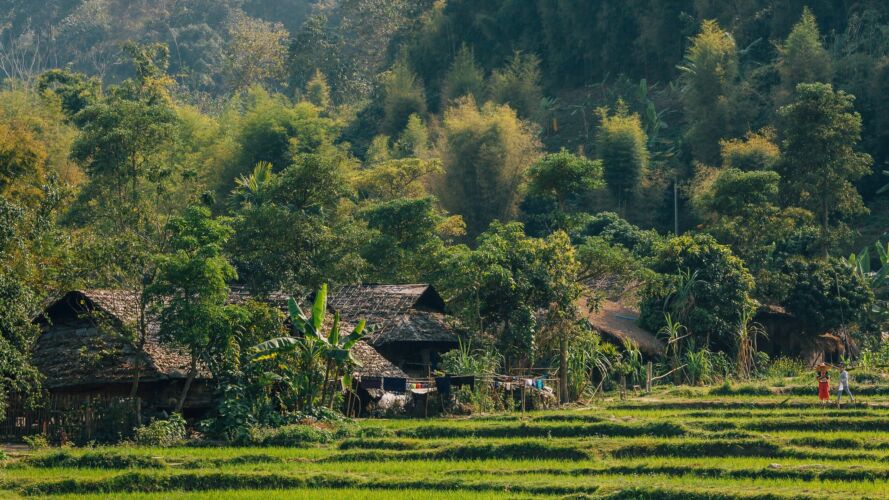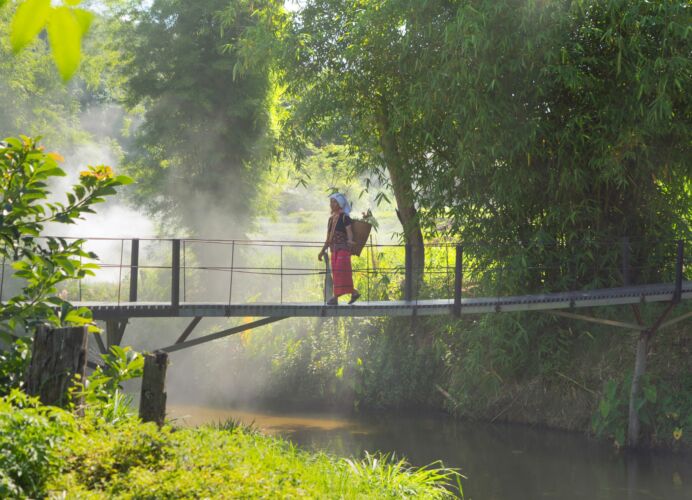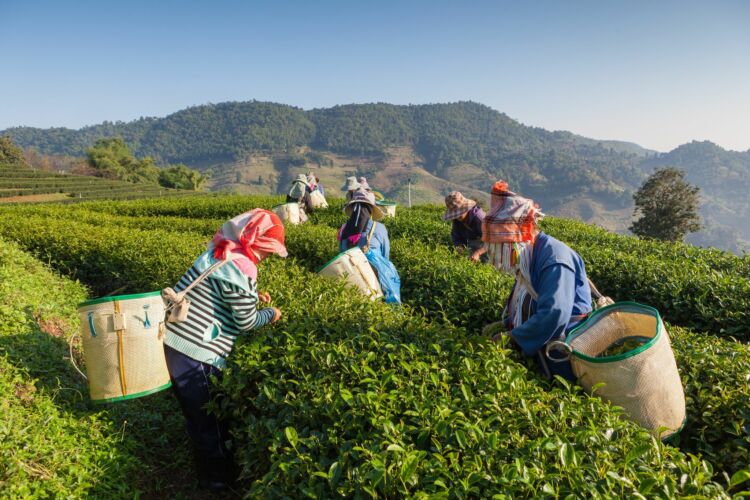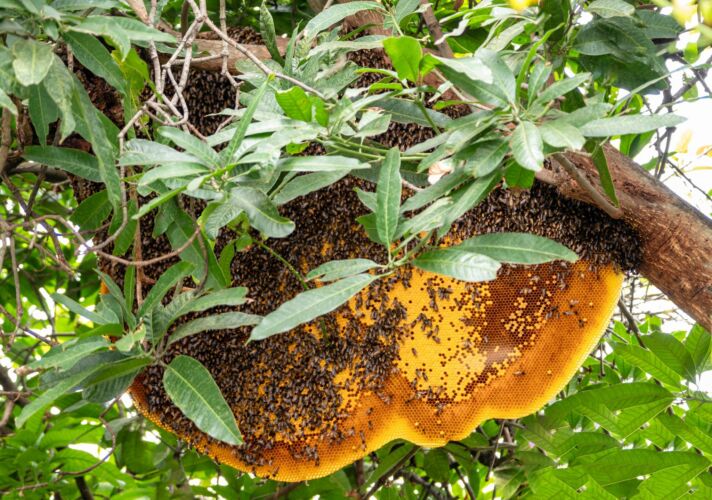Based on the impressive stories of the 13 Wild Boars, which captivated people around the globe, Netflix’s limited series called “Thai Cave Rescue (ถ้ำหลวง: ภารกิจแห่งความหวัง)” powerfully presents and uncovers new angles of the real event through the points of view of the children and coach, which have never been told before.
Chiang Rai, the setting of the plot, suddenly became a hot spot for tourism after viewers of the series had seen the natural beauty and amazing culture of Chiang Rai, which is so remote that it is sometimes not accessible even by Thai people.
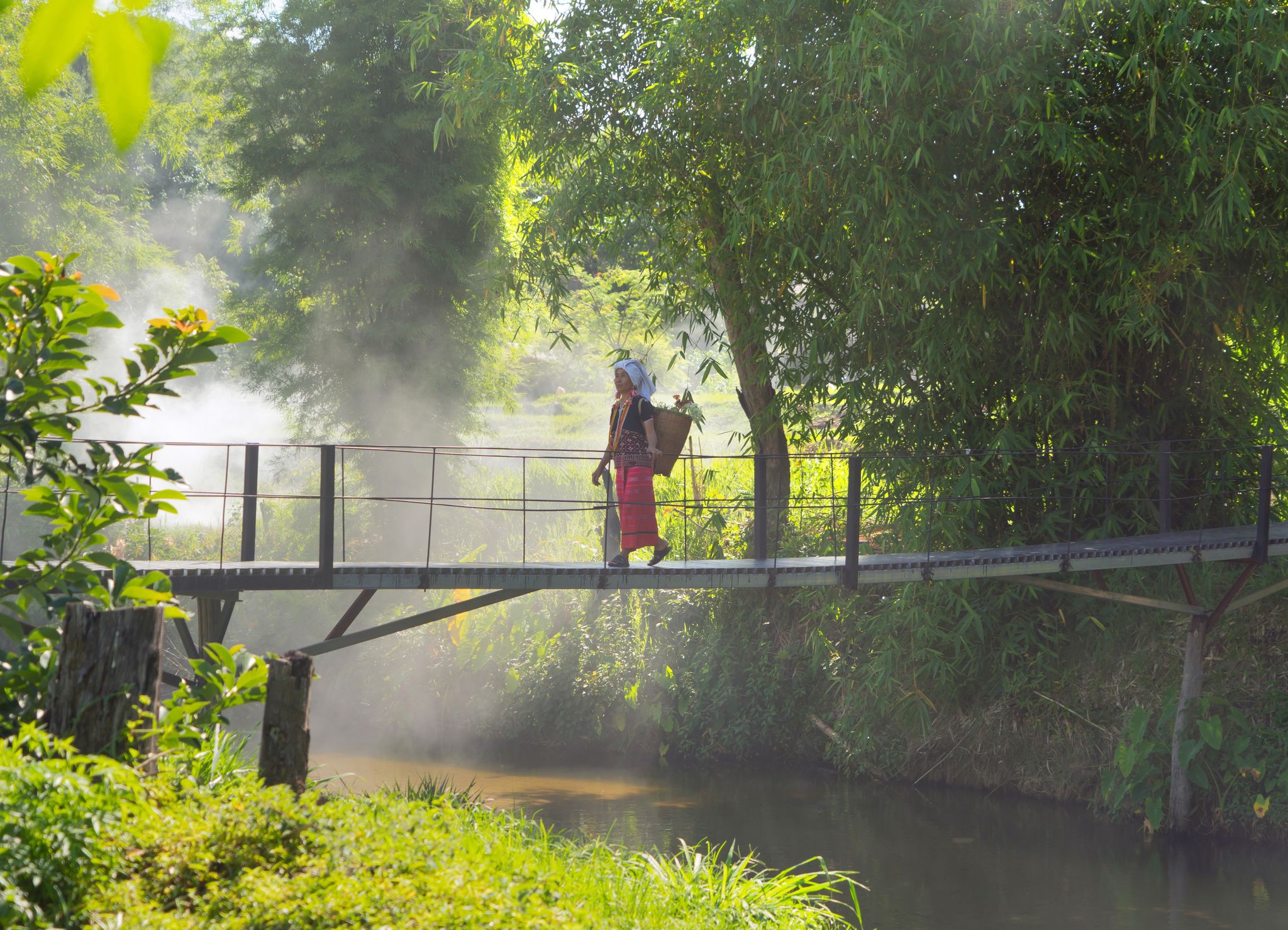
Baan Huay Hin Lad Nai is a small community of the Paka-Kyaw or S’gaw, an ethnic Karen group living in Chiang Rai valley. Despite there being only around 100 villagers, the community has a rich culture and interesting livelihood. This is especially evidenced in the way they respect nature through their efforts to protect the vast forest area of more than 21,000 rais or 8,400 acres, which earned them recognition from the Green Globe Institute.
The Paya-Kyaw community at Baan Huay Hin Lad Nai has welcomed people to learn about and explore their daily lives through eco-tourism. In addition to experiencing and understanding their everyday culture, people can explore such amazing local traditions as tea-roasting and wild beekeeping.
Tea plantations are the primary source of income for the villagers. They plant native species or wild tea, whose trunks are so tall that the villagers need to climb up them to collect the tea leaves. The tea is grown in harmony with the natural forests, free from any chemical usage. The fresh tea leaves are roasted in a pan over a wood fire for about 20 minutes until the heated enzyme of tea begins to smell like roasted fish. Next, the villagers massage the tea and then dry it to create its wonderfully unique aroma.
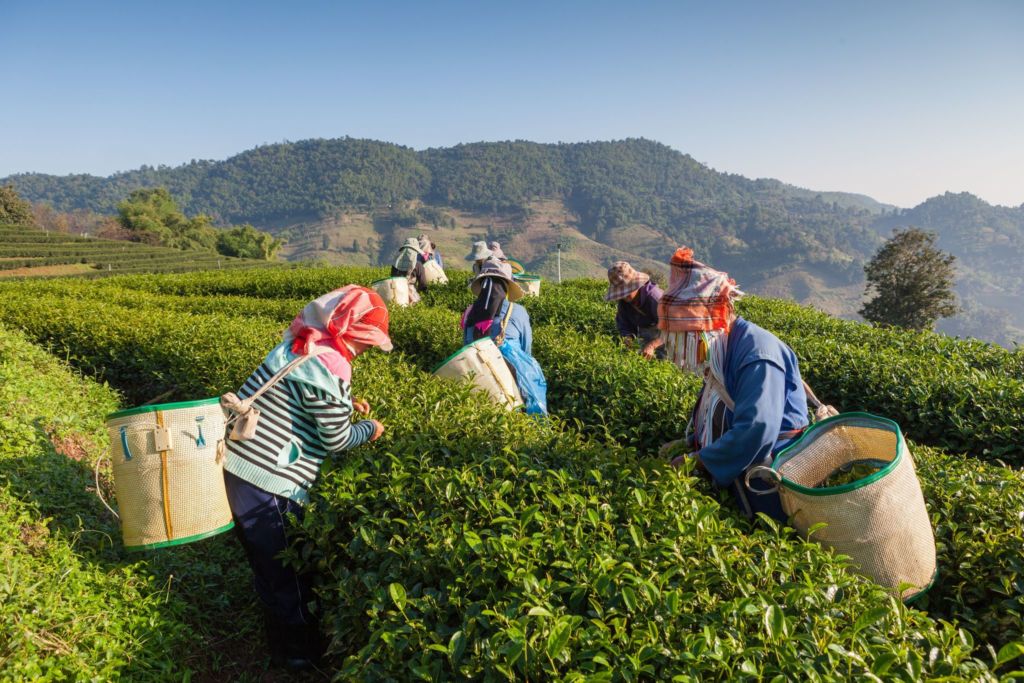


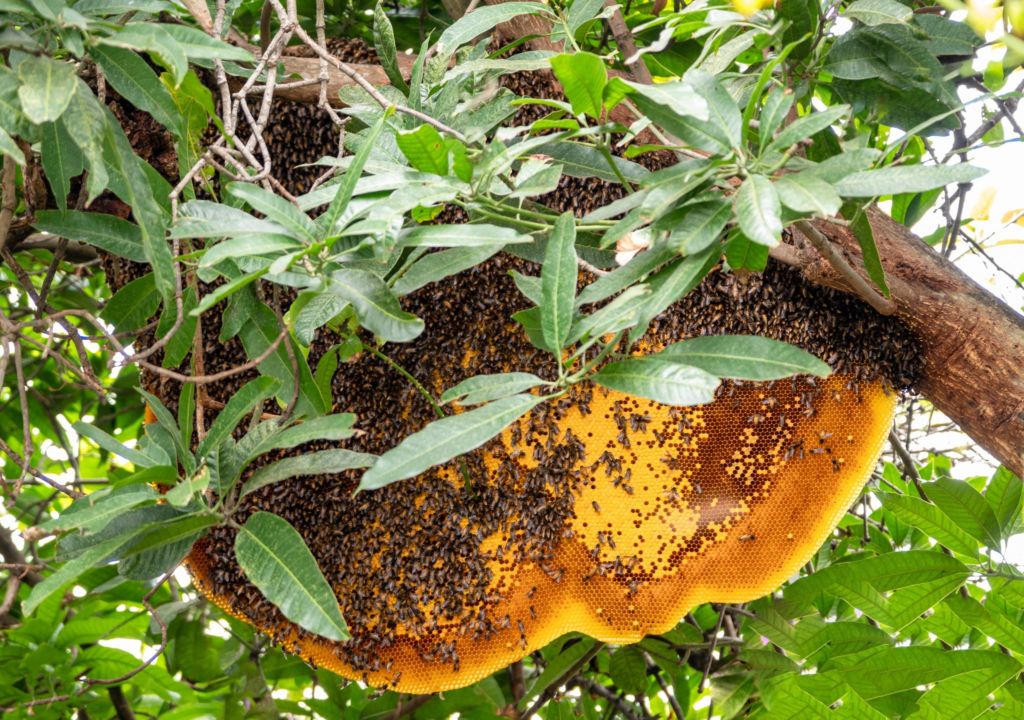


Wild honey is another exceptional product of the community. The bees that produce it live in the rich forest, which is home to an abundance of flowers that are ideal for making honey. The villagers collect honey from three different types of bees; Apis Dorsata, which can fly far and collect their pollen from the highlands; Apis Cerana, which fly at ground level; and Apis Mellifera, whose honeycombs are hidden in hollow trees, allowing for a natural fermentation process that creates a slightly sour and bitter taste. If you have a chance to visit this place, you must not miss the wonderful honey-tasting experience.
Baan Huay Hin Lad Nai is situated in Tambon Baan Pong, Wiang Pa Pao District, Chiang Rai. If you would like to sip the local tea and taste the wild honey, you can find more information from the Tourism Authority of Thailand office in Chiang Rai at 0 5371 7433.

